YouTube affiliate marketing: Turning content into conversions

Table of Contents
YouTube marketing has become a key focus for many brands—and for good reason. YouTube draws over 2.5 billion users each month, making it the second most popular social network in the world and a powerhouse driver in many teams’ overall social media strategy.
In particular, YouTube affiliate marketing offers a smart, scalable way for brand-side marketers to boost conversions and build audience trust without relying solely on paid YouTube ads. With long-form, high-intent video content and comparatively high audience engagement, affiliate marketing is a more natural way of selling through educating viewers than a direct sales pitch.
What is YouTube affiliate marketing?
YouTube affiliate marketing is an influencer-driven model that focuses on collaboration, giving brands and creators the chance to work together on scalable content that drives results.
Successful partnerships start with alignment. Brands find content creators whose audience and tone align with their own. Creators who rely on affiliate marketing as a passive income strategy feature brand products in their videos, drop affiliate links in the descriptions and send viewers straight to a point of purchase.
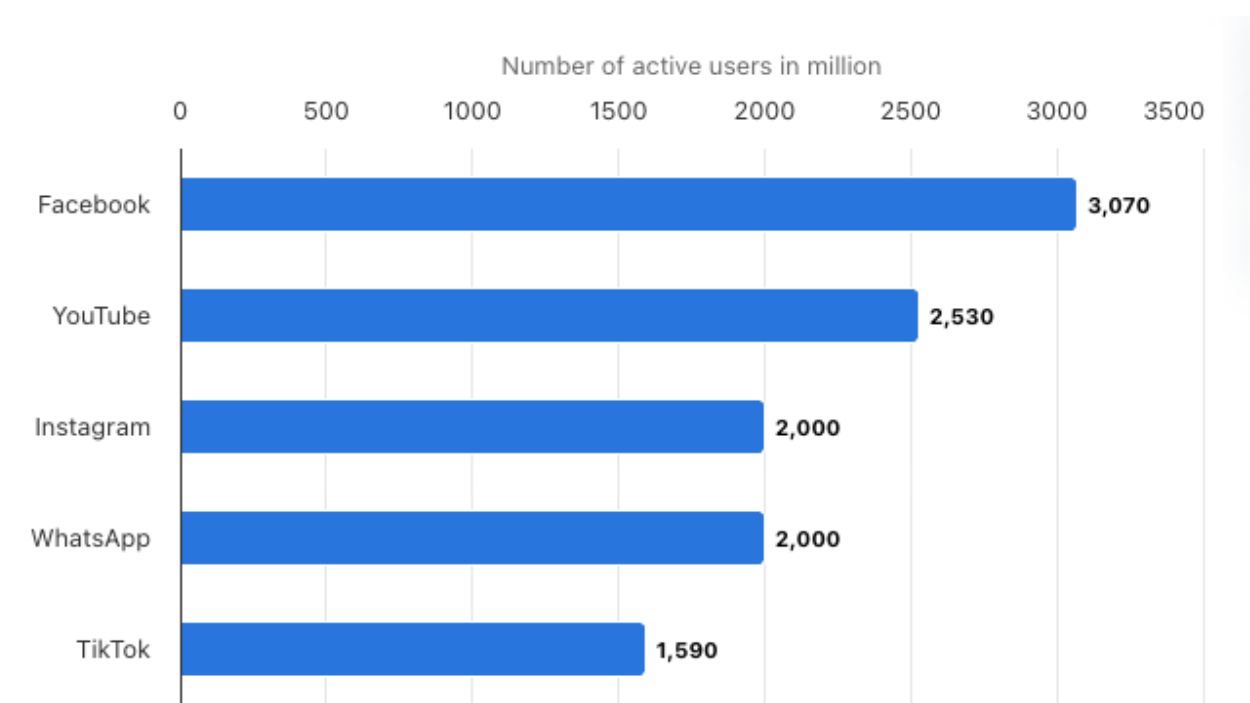
(Source: Statista)
When a viewer buys, the brand gets a sale, the creator earns a commission and both sides get insights to help them optimize the next round. Then you rinse, repeat, repurpose, build templates—and ultimately scale your ecommerce efforts.
YouTube offers a unique opportunity for affiliate success. Social networks like TikTok or Instagram rely on quick hits of attention in a scrolling feed, while YouTube’s long-form video format encourages deeper engagement. Viewers tend to show up with intent, looking to learn something new or solve a particular problem.
That mindset gives affiliate content the breathing room it needs, allowing you to educate, build trust and naturally promote your affiliate products without losing credibility. Step-by-step tutorials, product review videos and in-depth demos feel native to the platform—and viewers often arrive expecting exactly that kind of content.
If you’re already using affiliate programs on TikTok, Facebook or Instagram as part of a larger social media marketing strategy, the transition to YouTube is a natural step. For beginners just starting affiliate marketing, though, YouTube offers a clear path forward and plenty of growth opportunities.
6 brand strategies for YouTube affiliate marketing
Brands get the best results from YouTube affiliate marketing programs when they are built on quality and trust. Follow these six strategies to help your brand deliver value and see measurable growth:
1. Evaluate high-quality YouTube partner programs
Before you dive into content creation or creator outreach, make sure the affiliate program you’re joining meets your needs and can bring your brand to life authentically and effectively.
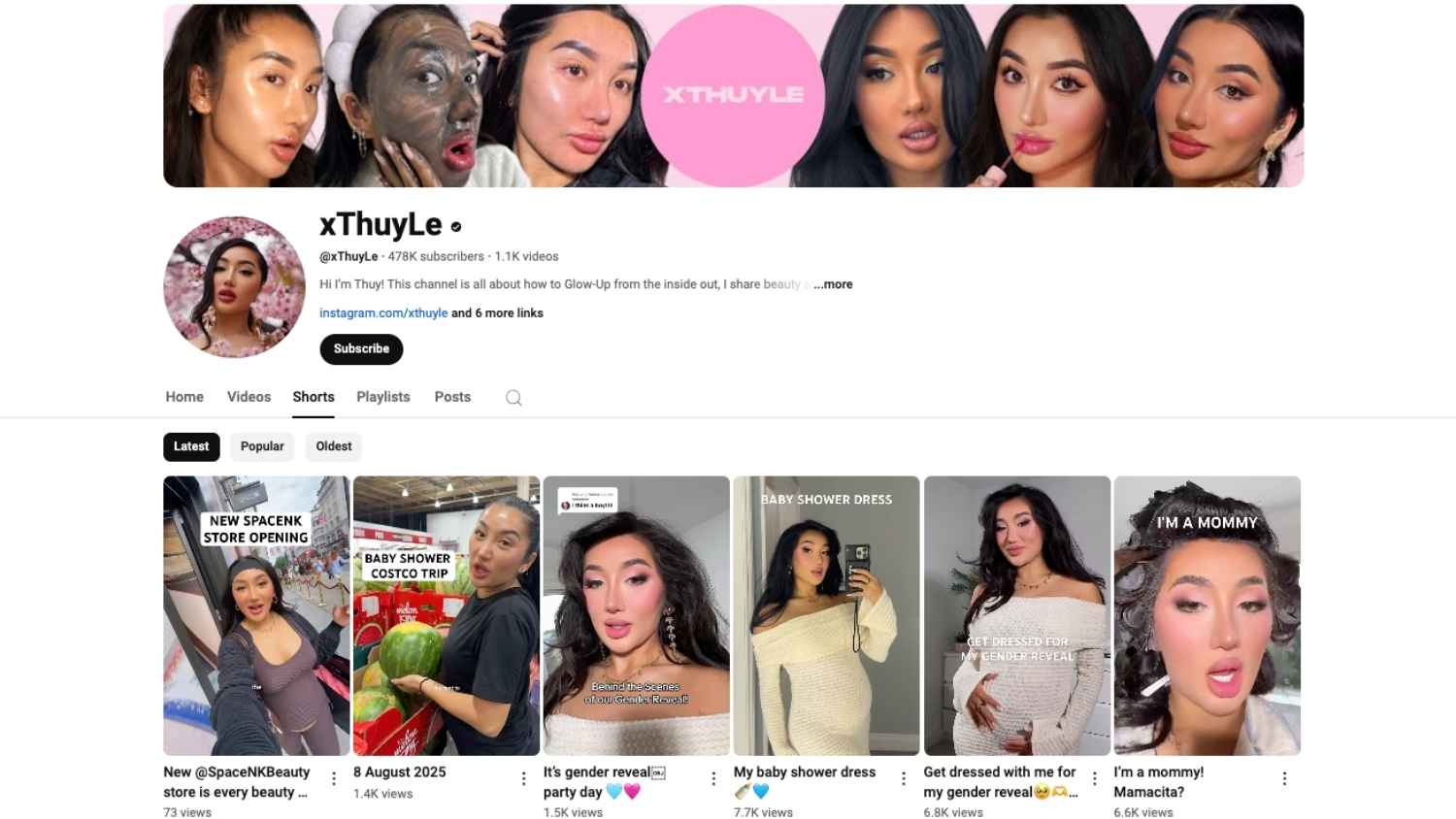
(Source: xThuyLe’s YouTube)
Here are the top four things to look for in an affiliate partner:
- Commission rates and terms that meet your expectations
- A following that aligns with your audience, not necessarily just a large one
- Types of videos and a brand voice that reflect your brand identity
- Communication, transparency and proper use of disclosures and cookie windows
And, just as important, here are four red flags to watch for:
- Inflated engagement metrics that don’t reflect actual influence
- Past content that feels off-brand or overly promotional
- A lack of clarity around payment terms or tracking processes
- Poor comment moderation or low audience trust
Identifying the categories or content types that work well in your space is a great way to start building a strong affiliate presence. Sprout Social Influencer Marketing helps you get started by uncovering emerging trends, tracking competitor mentions and spotting high-potential partners.
Explore affiliate networks like CJ Affiliate or Impact to find and shortlist influencers for your brand and work directly with content creators who feel like a natural fit. Or, look for co-marketing opportunities where you and a creator collaborate on shared campaigns.
2. Partner with the right content creators for your brand
While reach can be helpful, follower count doesn’t guarantee conversions or trust. YouTube influencer marketing thrives on authenticity. In fact, 64% of influencer buyers cite genuine reviews as the top reason they purchase.
That authenticity shines through if a YouTube content creator aligns with your audience and has a consistent brand voice across all their affiliate products and endorsements. Consistency leads to viewer trust, which leads to clicks and conversions.
To gauge consistency, look at creators’ past affiliate or branded videos, scan the comments and see if their voice and style stay true across the board. A creator who actively engages with their audience and feels confident promoting your product in their own voice is more likely to deliver results that last.
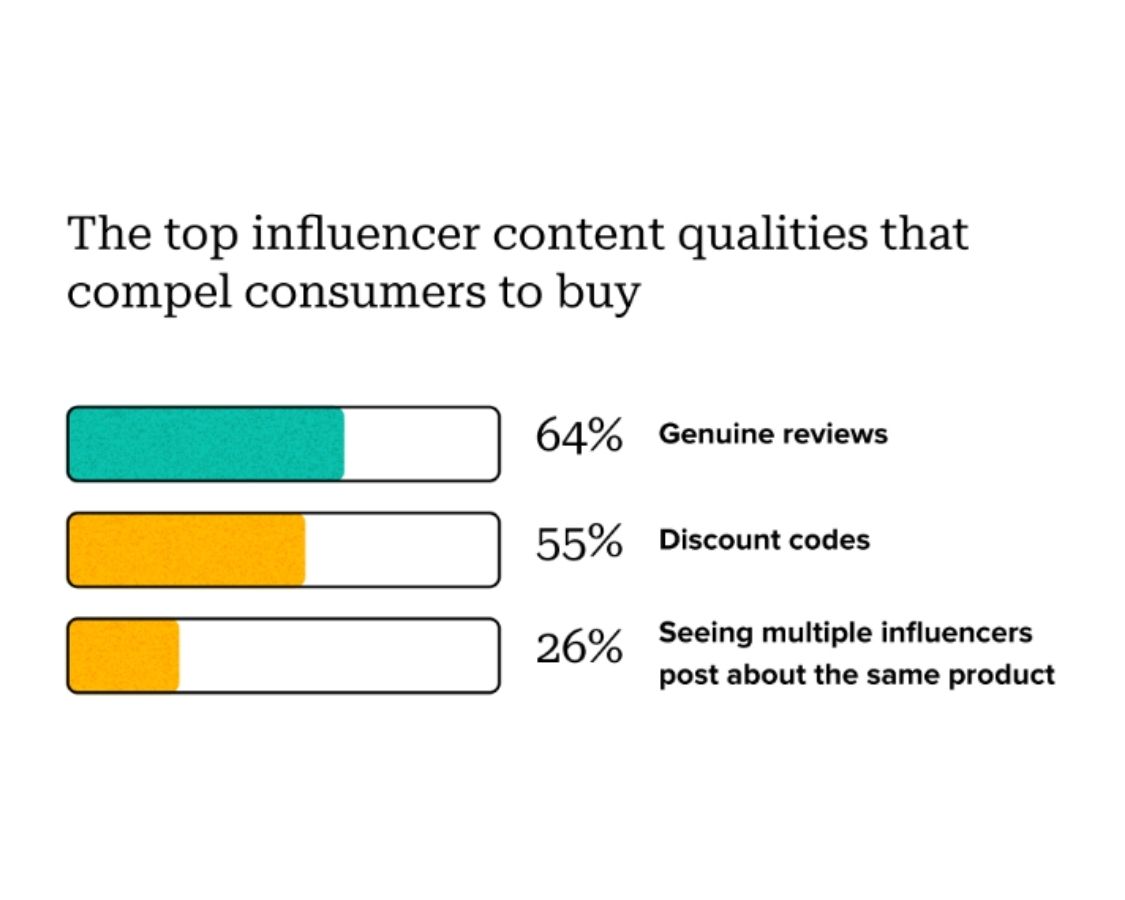
Validate that consistency at scale using Sprout Social Influencer Marketing’s social intelligence and AI-powered tools to identify creators with authentic audience engagement. These tools surface insights into performance patterns, audience makeup and historical branded content, making it easier to choose the right partners.
Once partnerships are in place, test across different content types like reviews, how-tos and roundups. Stay on top of emerging YouTube trends that influence what your audience wants to see. Then, use performance data to keep optimizing.
3. Use content types that drive engagement
Some video formats naturally perform better when it comes to driving affiliate results. Since YouTube consumers are often in research or decision-making mode, tutorials, product reviews, unboxings and “best of” lists fit right in with how people use the platform.
These formats work best when creators have the freedom to shape the content. Let them lead with a voice, style and format that align with their brand and showcase their strengths. That creative freedom builds trust with their audience and makes your product placement feel like a natural fit.
Try partnering on content like tutorials or unboxings, particularly if it’s something the creator has done successfully before. These types of videos tend to rank in search, hold viewers’ attention and drive more informed clicks leading to greater visibility, longer watch times and more satisfied customers.
Alternatively, try working with creators to structure videos as “how to” guides. This format lends itself nicely to keyword-rich titles, detailed descriptions and timestamped chapters, all of which catch the YouTube algorithm’s metaphorical eye. As you learn which strategies work best, build them into your broader video marketing strategy.
4. Grow an audience that’s primed to convert
Affiliate content performs best when creators build a real connection with their audience. An engaged (or even loyal) YouTube audience is more likely to watch longer, interact more and take action.
Engagement metrics like watch time, likes and comments build credibility while signaling to the algorithm that your content deserves a wider reach. Videos that surface more frequently result in more views, which drives more affiliate potential. And once viewers start replying to each other in the comments (not just to you or your affiliate) your channel shifts from a content stream to a trusted space.
But keeping up with that level of engagement can be a challenge, especially across multiple accounts. Social media management tools, like Smart Inbox, make it easier by organizing and analyzing comments in one place, so your team stays in the conversation without losing momentum.
Community doesn’t happen overnight. But when it does take shape, your affiliate content takes on a life of its own, growing revenue along the way—one video, one viewer and one interaction at a time.
5. Leverage YouTube SEO
YouTube isn’t just a social platform. It’s also the second-largest search engine in the world. Optimizing your videos for YouTube search, just like you would for Google, amplifies discoverability and connects your content with high-intent viewers.
Here are a few tactical moves that make a big difference:
- Include high-intent keywords in your video titles, descriptions and tags.
- Use relevant YouTube hashtags to help your content surface in search.
- Design thumbnails that are visually clean, easy to read and built to stand out.
- Add closed captions to promote accessibility and improve indexing.
- Break up long-form content with timestamps for better navigation.
- Cross-link videos to relevant blogs, playlists or product landing pages for increased visibility.
Tracking performance is also essential in affiliate marketing. Every affiliate link offers a window into actionable insights. Using UTM tags and tracking data like CTR, conversions and revenue per click ties performance directly to broader business goals. Pair that with deep-dive YouTube analytics to see exactly what’s working and where to optimize. Beyond performance, this approach is also a storytelling advantage—every click reveals what your audience values.
6. Maximize your earnings and growth potential
Affiliate performance isn’t one-size-fits-all. Results depend on multiple factors: views, click-through rates, product category and commission structure. Some programs convert with high volume and low margins, while others succeed by targeting fewer, more valuable actions.
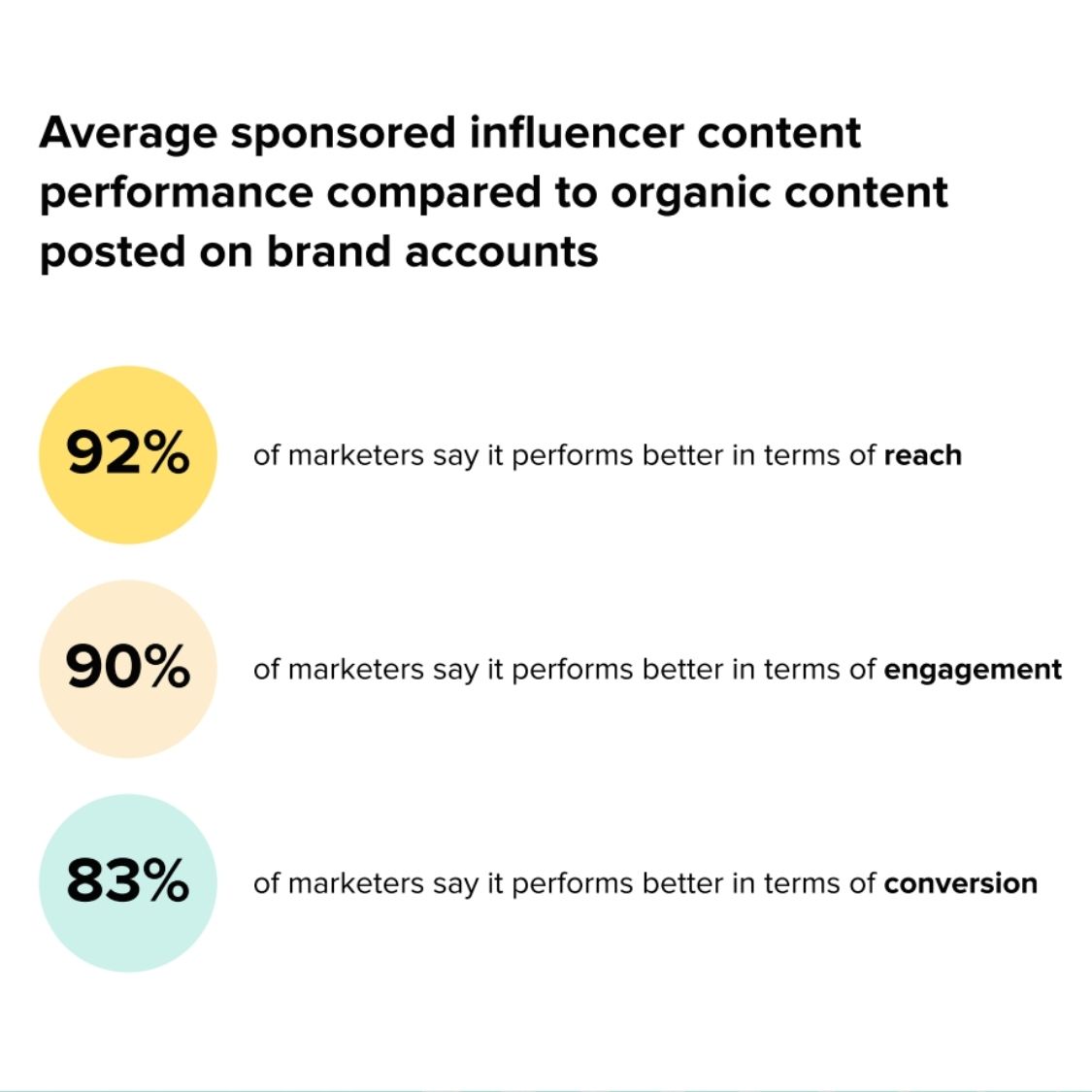
Helping your creators succeed starts with choosing the right content formats. Tutorials, product reviews, how-to videos, comparisons and roundups tend to perform well and drive traffic and conversions, especially when you time them with key decision-making moments.
But understanding what’s working across your affiliate efforts requires more than just counting clicks. Metrics like audience retention, watch duration and conversion rates offer a fuller picture of performance.
Detailed reporting dashboards make it easier to spot trends, track growth at the channel or campaign level and see which content and partnerships actually deliver, so you know what to build on and what to rethink.
Optimize your YouTube affiliate marketing strategy with Sprout
Affiliate success takes more than one good video. It also requires the right creator partnerships, ongoing insight and the ability to act on what the data is telling you.
That’s where Sprout Social Influencer Marketing comes in, giving you the tools to find creators who align with your brand, track affiliate performance and measure the real impact of your YouTube collaborations.
- Influencer discovery and vetting: Identify creators who reach your target audience and align with your brand values.
- Affiliate campaign management: Centralize briefs, contracts and deliverables to keep partnerships running smoothly.
- Performance tracking on affiliate content: Monitor content engagement, clicks and conversions in one place to understand what’s working.
- ROI reporting: See how each creator drives revenue and optimize your affiliate investment accordingly.
Managing your affiliate programs in one place empowers your team to build smarter partnerships, move quickly and stay focused on results without being online around the clock.
Sprout Social Influencer Marketing gives you a closer look at how to turn your YouTube affiliate program into a measurable, revenue-driving strategy.
Navigate common challenges like a pro
Even with a thoughtful strategy, YouTube affiliate marketing brings its share of complications. The strongest programs aren’t just built on content quality. They’re powered by systems that account for alignment, tracking and trust at scale.
Here’s how to spot common challenges and prevent them:
Recruiting and aligning with the right influencers
Not every creator aligns with your brand and audiences pick up on it fast. Mismatched partnerships can feel transactional, damaging credibility before trust takes root.
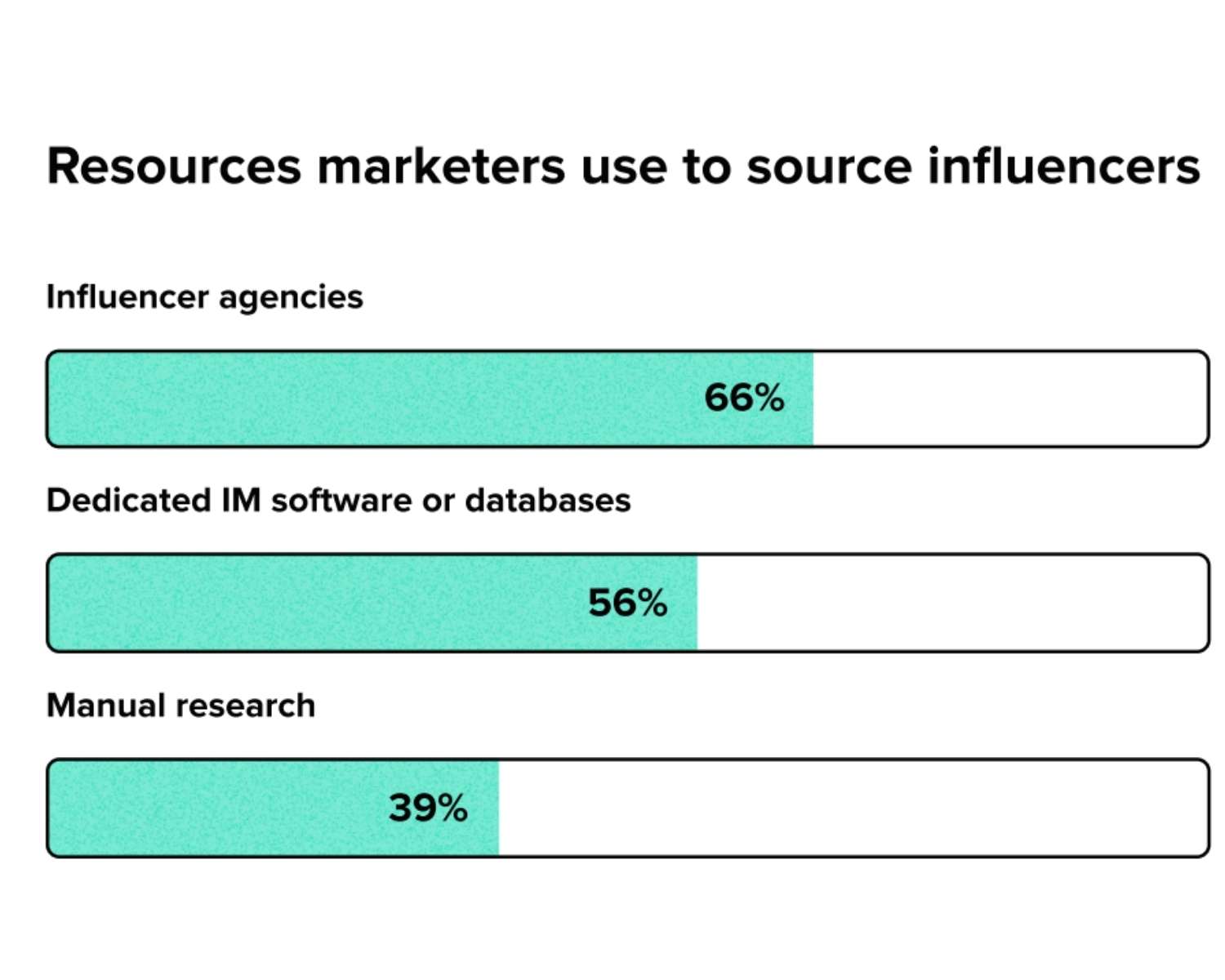
The Sprout Social Influencer Marketing platform includes search filters that help marketers find creators who naturally align with their brand identity. Filters like brand fit, audience overlap and prior sponsorship data give teams more confidence when vetting collaborators. The result is influencer content that feels organic to both partners and, more importantly, resonates with audiences.
Understanding tracking and attribution gaps
Affiliate performance on YouTube lives and dies by your ability to track it. Audiences interact with content in various ways: affiliate links, product tags, pinned comments or call-to-action buttons. But platform quirks, like auto-redirects, cookie blocking or tracking tag stripping, can quietly disrupt attribution.
Common tracking issues include:
- Broken or outdated affiliate links
- Tag stripping during redirects
- Misconfigured pixels or code injections
- Cookie blockers or cross-device gaps
Sprout gives you visibility into exactly where attribution gets lost, so you can fix issues before they impact ROI. Teams can trace link-level behavior, identify underperforming assets and optimize tracking flows across affiliate placements.
YouTube also restricts clickable affiliate links in certain content categories, especially content marked as “made for kids,” financial services or anything flagged for safety review. Staying current with these restrictions helps teams avoid wasted effort or compliance issues.
Overlooking disclosure and compliance risks
Affiliate marketing on YouTube lives under two sets of rules: YouTube’s policy and the FTC’s disclosure requirements. Disclosures must be clear, timely and unambiguous, even as regulations shift and campaign timelines accelerate.
Sprout helps brands stay compliant by tracking disclosure language and ensuring creators follow both platform and regulatory best practices. When disclosures are handled well, they don’t just protect your brand. They reinforce audience trust and show you’ve earned it.
Navigating late or unclear payments
Affiliate payments often hit snags when commission structures change or platforms audit sales before releasing funds. These delays can strain relationships between brands and their creators, especially when communication breaks down.
Transparent communication, especially around timing, payment tiers or adjustments, builds long-term trust and gives creators the consistency they need to stay invested. Sprout helps teams track affiliate agreement terms, payment statuses and rate changes across campaigns.
For brands, establishing clarity around rates and relationship expectations also makes it easier to negotiate better terms and create productive partnerships built to last.
Stay ahead with the right tools and a strategy that grows with you
Affiliate marketing on YouTube creates real opportunities for visibility and deeper audience connection. Opportunities become measurable results when you have a focused strategy and an integrated approach to discovery, content planning, publishing and performance.
To make it all work, teams need to stay aligned, move quickly and double down on what’s driving results. Schedule a Sprout Social Influencer Marketing demo today to see how Sprout helps you turn content into conversions and strategy into sustained growth.
YouTube affiliate marketing FAQs
What is the best way for beginners to do affiliate marketing on YouTube?
Creators with established how-to or review content often make strong early partners. The most effective programs also offer clear terms, align with the right audience and include transparent disclosures. When paired with trackable links and content formats that support discovery, these elements lay the foundation for long-term success.
How can I make money on YouTube with affiliate marketing?
The key is building an audience that trusts you and offering content that solves real problems. Once people see value in what you’re sharing, affiliate links feel more like recommendations than ads. That’s where conversions happen.
How can I add affiliate links to my YouTube videos?
Affiliate links belong in your video description, ideally near the top. You can also pin a comment with the link. Either way, make sure to disclose that it’s an affiliate link. Transparency always builds trust.


Share